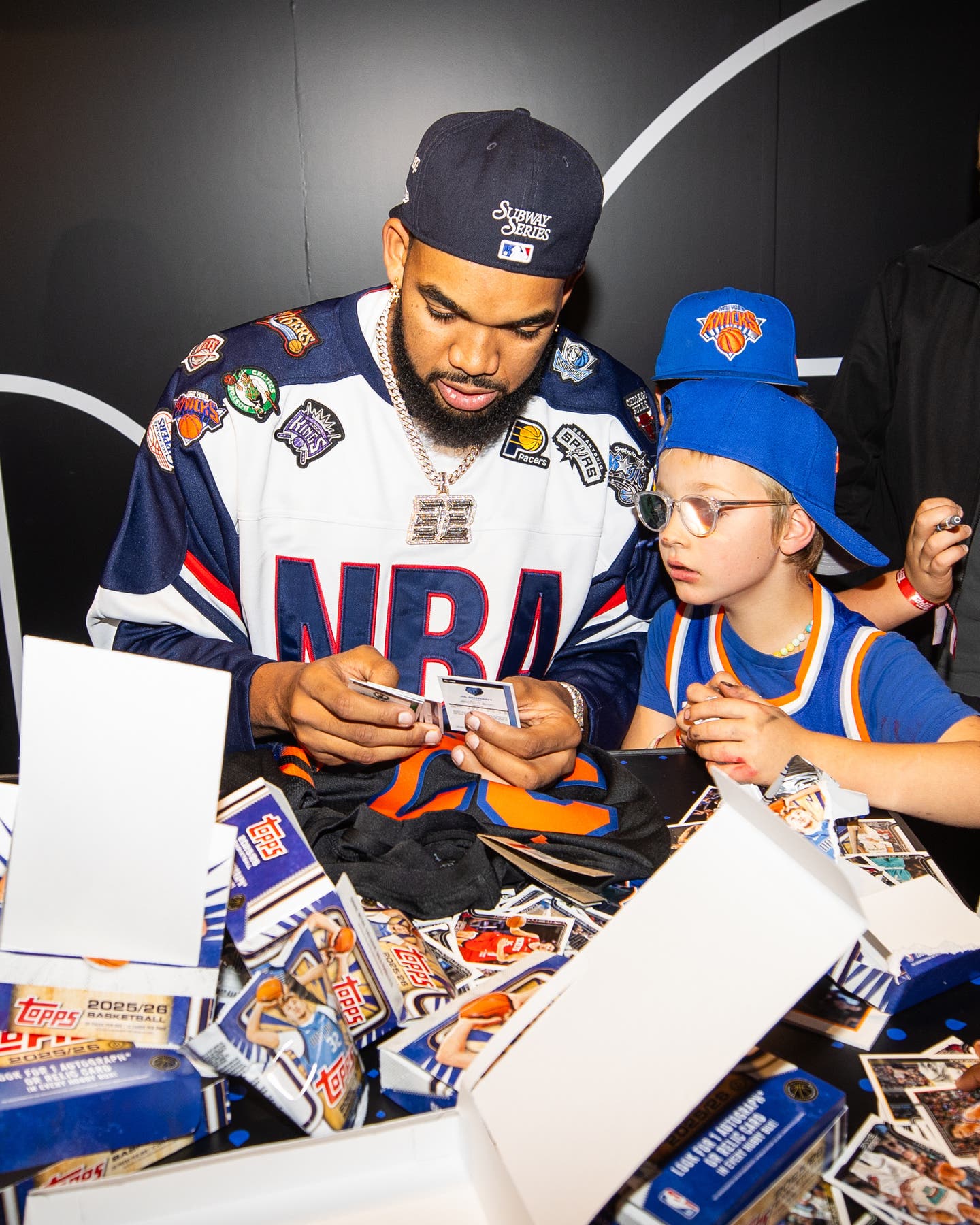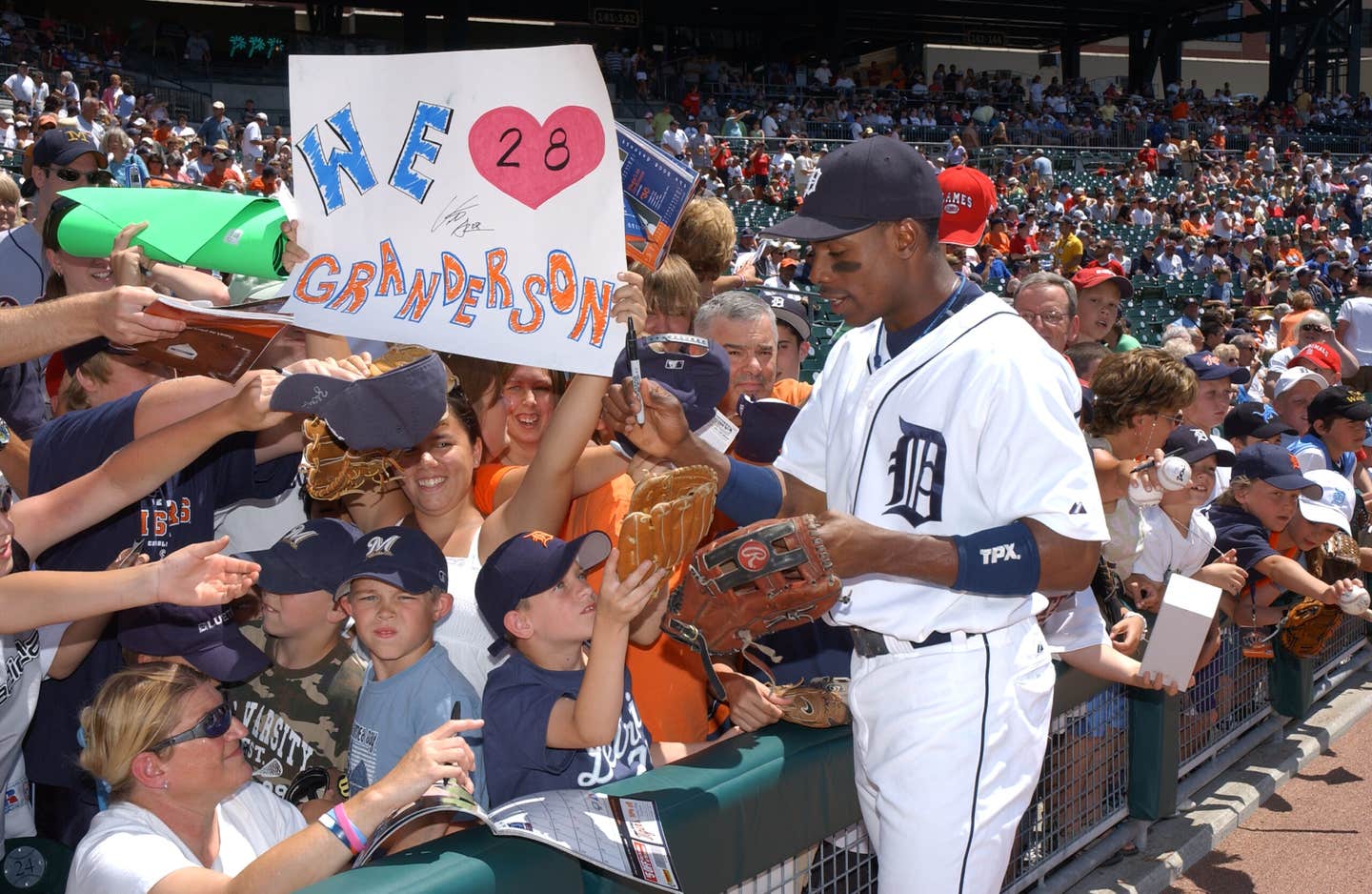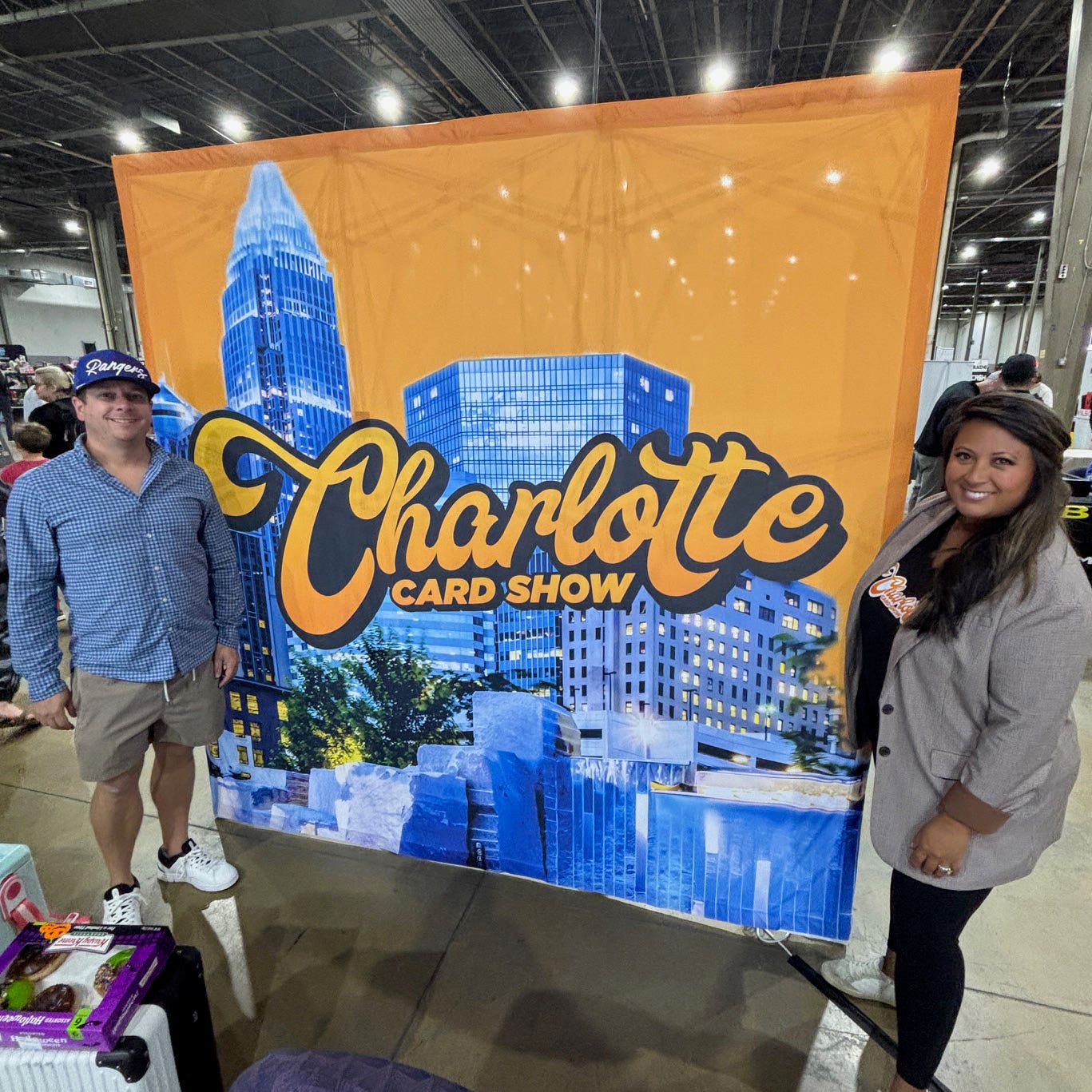Featured
Nationals Park Hosts a Winning Team and a Storied Tradition
By Paul Post
Nationals Park, one of America’s newest big league stadiums, has already hosted several great moments in baseball history, such as Randy Johnson’s 300th win and Albert Pujols’ 400th home run.
Throughout the $611 million edifice, the Nationals have done everything possible to remind fans about the city’s rich baseball history, from the World Champion 1924 Senators to the Homestead Grays that won nine straight Negro National League pennants from 1937-45. That team featured the likes of Hall of Famers Josh Gibson, Buck Leonard and “Cool” Papa Bell.
This year, the upstart Nationals are trying to add their own chapter to this legacy by taking aim at a National League East pennant. One month into the season, Washington is one of baseball’s most surprising teams of 2012. Boosted by the return of highly-touted hurler Stephen Strasburg (1.13 ERA at press time), who missed most of last year due to injury, the Nats headed into mid-May atop the division with an 18-11 record.
Huge posters and photos of Strasburg and other Nationals stars such as Ryan Zimmerman, Jayson Werth and Bryce Harper are found throughout the ballpark, reflecting the latest era in Washington, D.C. baseball.
However, there’s also a strong commitment to outstanding players of the past in the nation’s capital. Just inside the Center Field Gate, three huge statues are devoted to Gibson, the slugging Grays catcher; Hall of Fame pitcher Walter Johnson, possibly the greatest right-hander of all time; and Frank “Hondo” Howard, one of baseball’s most feared power hitters of the 1960s and early ’70s. His 237 home runs as a Senator remain a team record.
One of the ballpark’s most fascinating displays is devoted to legendary Washington Post sportswriter Shirley Povich. The Nationals’ press box is named in his honor.
“This is my favorite picture,” said Diane Headlee, a stadium attendant, referring to an old black-and-white photo that shows Povich – dressed in a suit, tie and fedora with pen and pad in hand – interviewing 9-year-old football player Alex Grosvenir on Nov. 2, 1937. It’s in stark contrast to the legions of sports luminaries that Povich interviewed during his iconic career, but it shows his commitment to getting a good story, no matter how big or small the source might be.
A glass display case near the press box entrance has a ball autographed by the entire 1924 Senators team, including Walter Johnson; Povich’s personal 1924 World Series scorecard; a letter of admiration from President Dwight D. Eisenhower to Povich; and the small typewriter that Povich used to craft some of the greatest sports prose ever written.
Because he worked for one the country’s top newspapers, Povich covered many World Series, even though the Senators weren’t involved.
One of his most famous baseball stories, produced on deadline no less, captured the essence of Don Larsen’s perfect game in the 1956 Fall Classic between the Yankees and Dodgers. This is how Povich recorded the moment: “The million-to-one shot came in. Hell froze over. A month of Sundays hit the calendar. Don Larsen today pitched a no-hit, no-run, no-man-reach-first game in a World Series.
“On the mound at Yankee Stadium, the same guy who was knocked out in two innings by the Dodgers on Friday, came up today with one for the record books, posting it there in solo grandeur as the only perfect game in World Series history.”
Elsewhere, all around the ballpark concourse, large photographic displays tell the story of baseball in the nation’s capital. One of the most famous moments, depicted on a Topps bubble gum card, depicts the 565-foot blast that Yankee slugger Mickey Mantle hit clear out of old Griffith Stadium on April 17, 1953. A line in the shape of an arc on the face of the card shows the ball’s flight, one of the longest home runs ever hit.
The Homestead (Pa.) Grays also had a major place in Washington, D.C.’s baseball history. The team split their home games between Pittsburgh’s Forbes Field and Griffith Stadium, where the original Senators played from 1912-60.
Several years ago, a panel of Negro Leagues experts ranked the 1943 Grays as one of the top five teams in Negro Leagues history. Gibson hit more home runs that season at massive Griffith Stadium than the entire Washington Senators ball club. The old park measured 405 feet down the left field line and 457 feet to a spot in left-center, but few pitchers could contain Gibson’s awesome power when he connected with all his might.
Despite what the experts say, the late Edsall Walker of Albany, N.Y. – a southpaw hurler for the Grays – once described the 1938 Grays as even better than the ’43 version. That year, Homestead won both halves of a split-season schedule with an incredible .730 winning percentage (.813 first half).
“We never kept track of the wins,” Walker said, chuckling. “Losses were easier to keep track of.”
One of Walker’s greatest personal feats was a victory over the great Satchel Paige at Griffith Stadium. “He was playing for Kansas City, and we had about 25,000 people there,” he said. “I beat him, 6-1. He wasn’t going to pitch, but (Senators owner Clark) Griffith told him: ‘If you don’t pitch, there won’t be any game.’ ”
To their credit, the Nationals don’t just promote their own franchise, but have taken pains to celebrate baseball immortals from other teams, as well. Columns are adorned with beautiful color paintings of American and National League Hall of Famers, including Hank Greenberg, Sandy Koufax, Willie Mays, Babe Ruth, Lou Gehrig, Hank Aaron and Roberto Clemente.
Recent Nationals players appreciate the historic atmosphere, too.
“To have baseball come back to D.C. and have all those fans that were around for the Senators and now the Nationals, you know you’re part of something that’s special to the people of D.C.,” said John Lannan, a Nationals starting pitcher from 2007-11.
This year, Lannan lost his spot in the rotation to another lefty, 6-foot-5 Ross Detwiler, a 2007 first-round draft pick, who is also off to a strong 2012 start with a 3-1 record and 1.59 ERA.
Lannan, currently at Triple-A Syracuse, is trying to work his way back to the big leagues. During the offseason, he relaxes by keeping track of his memorabilia collection.
“I collected cards as a kid,” he said. “Now I have a Don Mattingly jersey, and jerseys from guys like Tom Glavine, Ken Griffey Jr. – guys I grew up watching. I watched these guys play as a child, so it has special meaning to me. I’ll never sell them or get rid of them. It’s for me to have forever, for my personal enjoyment. I’d also like to get a Chipper Jones jersey. That’s one, before he stops, that I would love to get. I plan on getting more. It has to be special to me.”
How does he display things?
“I’ll wait till I have a house to put everything,” Lannan said, smiling.
On April 28, the Nationals got another huge boost of excitement when 19-year-old rookie outfielder Bryce Harper, the 2010 draft’s No. 1 overall pick, made his highly-anticipated major league debut. He lived up to the hype by blasting a long double, recording a tie-breaking sacrifice fly and making an outstanding throw from left field that just missed nailing a Dodgers runner at the plate.
From past to present
In 1961, the original Senators moved to Minnesota and became the Twins, opening the door for a new expansion Senators franchise that played in D.C. Stadium where President John F. Kennedy threw out the first pitch. The ballpark was later renamed RFK Stadium in honor of JFK’s brother, the late Robert F. Kennedy.
The Senators, managed by the great Ted Williams, played there through 1971 before moving to Texas and becoming the Rangers. Washington newspapers captured the last game with full front page coverage. Large posters of these papers are on display for today’s fans to learn from and enjoy.
Following a 33-year absence, baseball returned to the nation’s capital when the Montreal Expos moved there in 2005. The team spent its first three campaigns at RFK Stadium before taking up residence at Nationals Park in ’08.
Third baseman Ryan Zimmerman, one of the team’s main building blocks, says it’s been exciting to be part of something new while helping rejuvenate a long-standing baseball tradition at the same time.
“I’ve been here for a while. It’s a lot of fun. I take a lot of pride in being here. It’s a great city to play in. The fans are great. I look forward to being here a long time,” he said.
Washington hasn’t had a pennant winner since 1933, when the Senators lost that year’s World Series to the New York Giants, the same team they beat in ’24. From 1933-71, when they bade the city farewell, the Senators were the epitome of baseball futility. An old joke said it all: “Washington: First in the hearts of his countrymen, last in the American League.”
However, today’s Nationals are out to change all that.
Led by skipper Davey Johnson, who guided the Mets to one of baseball’s most memorable World Championships in 1986, the Nats have their own amazing blend of youth, pitching and experience that could result in their first postseason appearance ever this year.
Paul Post is a freelance contributor to SCD. He can be reached at paulpost@nycap.rr.com.








